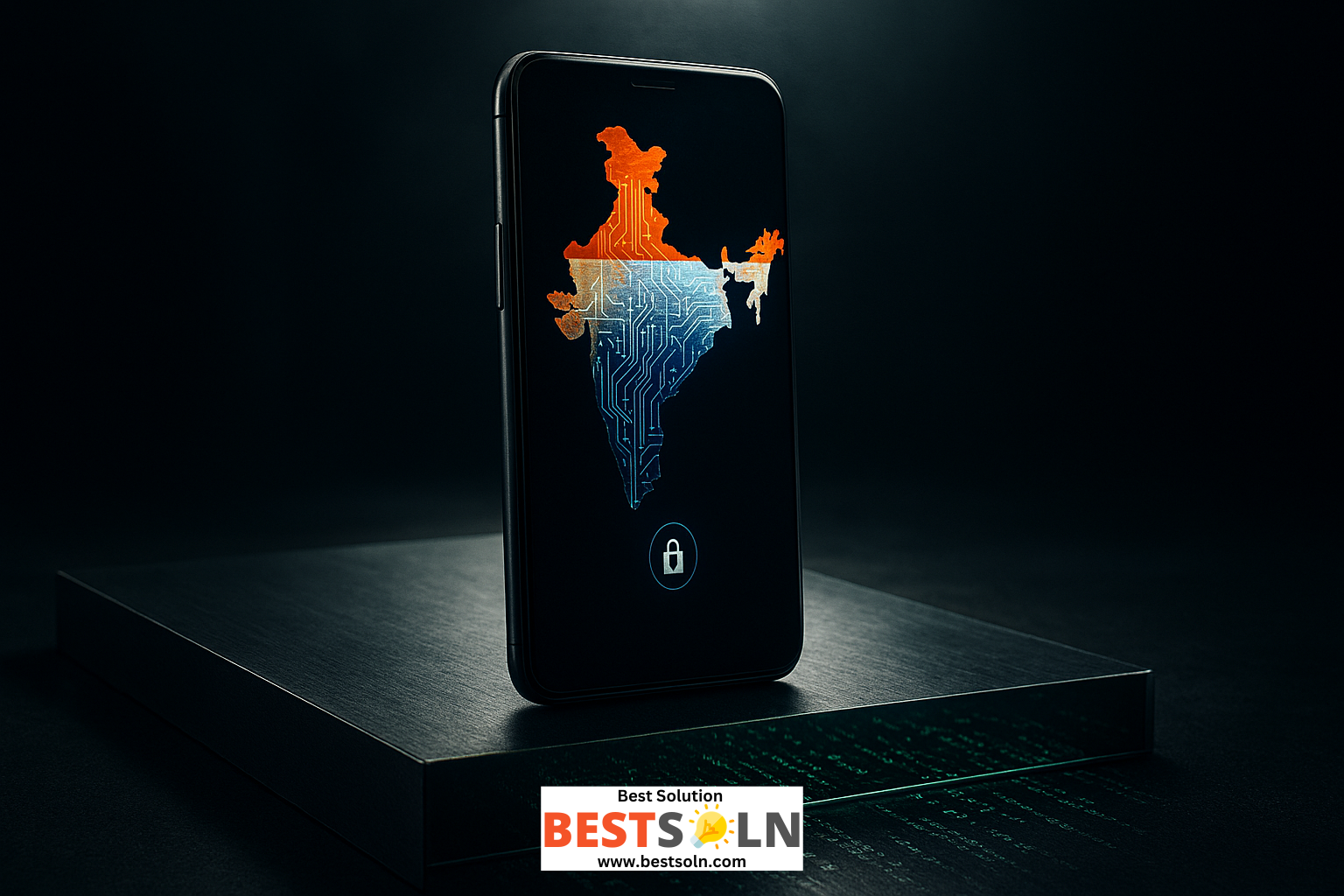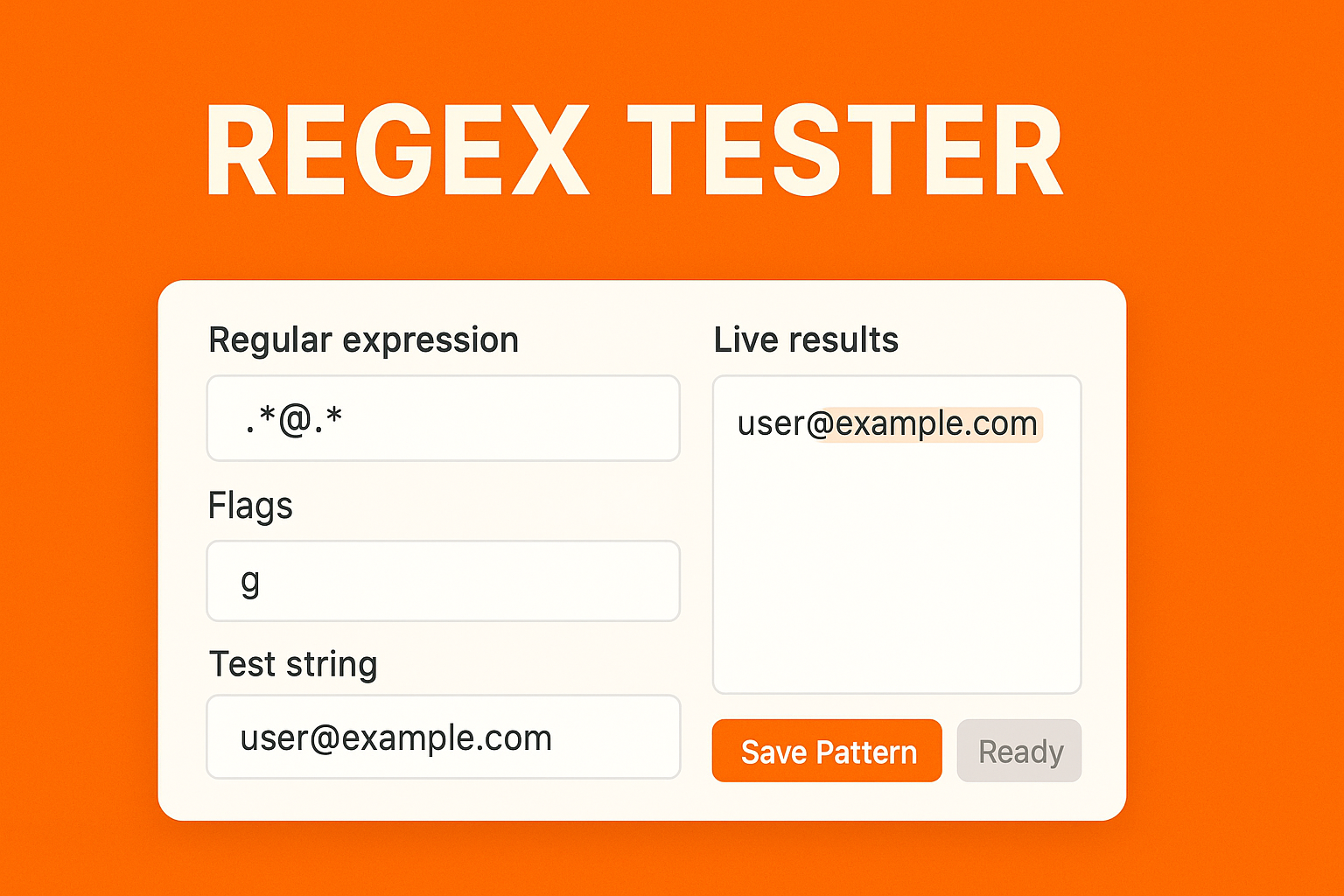- Home
- /
- Digitalization
- /
- Why India Still Doesn’t Have…
Introduction
India, with its 759 million internet users and a rapidly growing digital population, is a goldmine for social media platforms. Yet, despite this massive potential, Indian social media apps like Koo, Hike, and others have struggled to compete with global giants like Instagram, WhatsApp, and X. The recent shutdown of Koo, once hailed as India’s answer to Twitter, has sparked renewed discussions about why homegrown apps fail to gain traction and what it takes to build a successful Indian social media platform. This article explores the reasons behind these failures, compares Indian and Western social media apps, evaluates the performance of platforms like Threads in India, and outlines a roadmap for future Indian social media app development.
The Rise and Fall of Indian Social Media Apps
India’s social media landscape is dominated by Western platforms. Instagram, with over 414 million users in India as of 2025, is among the country’s most popular apps, including WhatsApp (500 million users) and YouTube (491 million users). These platforms thrive due to their global reach, robust infrastructure, and ability to adapt to local needs. Meanwhile, Indian apps like Koo, Hike, and short-video platforms such as Moj and Josh have struggled to sustain their initial momentum. Let’s examine why.
Case Study: Koo’s Shutdown

Launched in 2020, Koo was positioned as India’s alternative to Twitter (now X), capitalizing on rumors of a potential Twitter ban in India. It gained early traction, amassing 60 million downloads and winning the government’s Atmanirbhar App Innovation Challenge. Koo’s unique selling point was its support for multiple Indian languages, allowing users to post in languages like Hindi, Tamil, and Kannada. However, by 2024, Koo shut down due to a lack of funding and strategic partnerships.
The reasons for Koo’s failure are multifaceted:
- Lack of Unique Features: Koo was essentially a Twitter clone, offering little innovation beyond regional language support. Without distinctive features, it failed to attract or retain users who were already comfortable with Twitter’s established ecosystem.
- Funding Challenges: Running a social media platform is expensive, with high costs for server maintenance, user acquisition, and content moderation. Koo struggled during a “funding winter” in India, unable to secure the long-term capital needed to compete with global giants like Meta and Google.
- Competition from Established Players: Twitter was never banned in India, so users had no compelling reason to switch to Koo. The app’s lack of a unique value proposition meant it couldn’t pull users away from a platform with a larger, more engaged audience.
The Short-Video App Surge

The 2020 TikTok ban in India, prompted by geopolitical tensions, created a vacuum for short-video platforms. Indian apps like Moj, Josh, and ShareChat emerged to fill this gap, gaining millions of downloads overnight. However, these apps faced similar challenges:
- Copycat Models: Most were direct replicas of TikTok, lacking the sophisticated algorithms and user experience that made TikTok successful.
- User Retention Issues: While these apps attracted users initially, they struggled to maintain engagement. Instagram Reels and YouTube Shorts, backed by Meta and Google, quickly dominated the short-video space with superior technology and broader reach.
- Monetization Struggles: Low advertising rates in India made it difficult for these apps to generate sustainable revenue, especially when competing with global platforms that could afford to operate at a loss to capture market share.
Hike Messenger’s Missed Opportunity

Hike Messenger, launched in 2012, aimed to compete with WhatsApp by offering stickers, a referral system, and offline messaging features. Despite early success, Hike failed to scale. Its lack of a clear monetization strategy and inability to differentiate itself from WhatsApp’s simple, user-friendly design led to its decline. By 2021, Hike had pivoted away from social media, focusing instead on gaming and other ventures.
Indian vs. Western Social Media Apps: A Comparison

Western social media apps dominate India due to several advantages:
- Global Scale and Resources: Companies like Meta (Facebook, Instagram, WhatsApp) and Google (YouTube) have vast financial resources, allowing them to invest heavily in infrastructure, marketing, and user acquisition. Indian startups, often bootstrapped or reliant on limited venture capital, struggle to match this scale.
- Sophisticated Technology: Western apps leverage advanced algorithms, AI-driven personalization, and seamless user interfaces. For example, Instagram’s Reels algorithm quickly adapted to India’s preference for short, visually engaging content, outpacing local competitors like Moj.
- Strategic Acquisitions: Meta’s acquisition of WhatsApp and Instagram ensured it stayed ahead of emerging competitors, a strategy Indian companies rarely employ due to financial constraints.
- High Advertising Revenue: In Western markets, advertising rates are significantly higher, enabling platforms to generate substantial revenue. In India, low ad rates and limited purchasing power among users make monetization challenging.
Indian apps, however, have unique strengths:
- Local Relevance: Apps like ShareChat and Koo focus on regional languages and culturally relevant content that appeals to India’s diverse population. ShareChat, for instance, supports 15 Indian languages and has carved a niche in Tier II and III cities.
- Government Support: Initiatives like Atmanirbhar Bharat have encouraged local innovation, providing a boost to apps like Koo during their early stages.
Despite these strengths, Indian apps often lack the innovation, funding, and global vision needed to compete with Western counterparts.
Threads’ Performance in India: A Case of Global Backing

Launched in 2023 by Meta, Threads quickly became India’s most downloaded app, gaining 54.2 million downloads and 175 million monthly active users. Its success stems from its integration with Instagram, allowing users to sign up seamlessly using their existing accounts. This cross-platform strategy gave Threads an instant user base, unlike standalone Indian apps like Koo. However, Threads’ engagement remains low, with users spending just 1 minute and 40 seconds per visit compared to X’s 600 million monthly active users. This suggests that while Threads capitalized on Instagram’s popularity, it struggles to match X’s real-time engagement and diverse content.
Why Indian Social Media Apps Fail: Key Challenges

- Lack of Innovation: Most Indian apps, like Koo and Moj, are copies of Western platforms, lacking unique features to differentiate themselves. Without innovation, they fail to retain users or attract advertisers.
- Monetization Woes: India’s low advertising rates and limited consumer purchasing power make it difficult for apps to generate revenue. Social media platforms rely heavily on ads, but Indian apps struggle to compete with global players who can subsidize losses with revenue from other markets.
- Funding Constraints: The high cost of running a social media platform, coupled with India’s funding winter, has left many startups unable to scale. Koo’s founders noted that “patient, long-term capital” is essential for competing with global giants.
- Competition from Global Giants: Western platforms like Instagram and YouTube have established ecosystems, brand recognition, and technical superiority. Indian apps must compete not only with these platforms but also with their ability to adapt to local trends, such as Instagram’s Reels replacing TikTok.
- User Behavior: Indian users often prefer familiar, globally recognized platforms over local alternatives, especially when local apps fail to offer compelling features or seamless experiences.
The China Model: Forced Isolation Fuels Innovation

China’s social media landscape thrives with homegrown giants like WeChat (replacing WhatsApp), Weibo (Twitter’s alternative), Youku (YouTube’s counterpart), and Baidu (Google’s rival). How did these succeed? China banned Western apps, leaving users with no choice but to embrace domestic platforms. With strong government support, ample funding, and time to refine, these apps flourished.
India, however, follows a different path. As an open market, Western apps like Instagram, WhatsApp, and YouTube dominate, offering polished experiences honed by years of iteration and billions in investment. Unless an Indian app delivers something superior or uniquely different, convincing users to switch remains a steep challenge.
The Future of Indian Social Media Apps: A Roadmap

To succeed, future Indian social media apps must address these challenges and adopt a forward-thinking approach. Here’s how:
- Focus on Innovation: Indian apps must offer unique features that cater to local needs while standing out globally. For example, a platform combining hyperlocal content discovery (like Nyburs) with AI-driven personalization could attract users in both rural and urban India.
- Global Ambition: Instead of focusing solely on India, apps should aim for international markets to diversify revenue streams. China’s WeChat, for instance, thrives by offering a super-app model that integrates messaging, payments, and e-commerce, a strategy Indian apps could emulate.
- Sustainable Monetization: Apps should explore alternative revenue models, such as in-app purchases, subscriptions, or partnerships with local businesses, to reduce reliance on low ad rates. ShareChat’s monetization through regional content and creator programs is a step in the right direction.
- Leverage Emerging Trends: The next social media revolution could involve immersive formats like augmented reality (AR) or virtual reality (VR). Indian startups that pioneer these technologies could capture a global audience before Meta or Google dominate the space.
- Government and Industry Support: Stronger backing from the Indian government and local tech giants like Reliance Jio could provide the funding and infrastructure needed to scale. Posts on X suggest that the lack of government support contributed to Koo’s failure, highlighting the need for a strategic national push.
Key Takeaway

India doesn’t need another clone. It needs a bold, new vision. A unique platform, born not out of desperation, but innovation. Until then, the likes of Meta, X, and Google will continue to own our online voices.
Conclusion: A New Hope for Indian Social Media

India’s massive digital population and cultural diversity offer unparalleled opportunities for social media innovation. While apps like Koo, Hike, and Moj have failed to sustain their early promise, their lessons pave the way for future success. By focusing on unique features, global scalability, and sustainable monetization, Indian startups can challenge the dominance of Western platforms. The success of Threads in India shows the power of leveraging existing ecosystems, but it also underscores the need for innovation to maintain long-term engagement. As India’s digital landscape evolves, the next big social media revolution could very well come from a homegrown app, if it dares to think differently.
Have you used any Indian social media apps? Share your experiences in the comments below!
Enjoyed this article? Want to dive into Pricing Strategies? Explore here. Interested in learning about Funnels? Discover more here. Curious about Product Management Frameworks? Find out more here.




















Leave a Reply